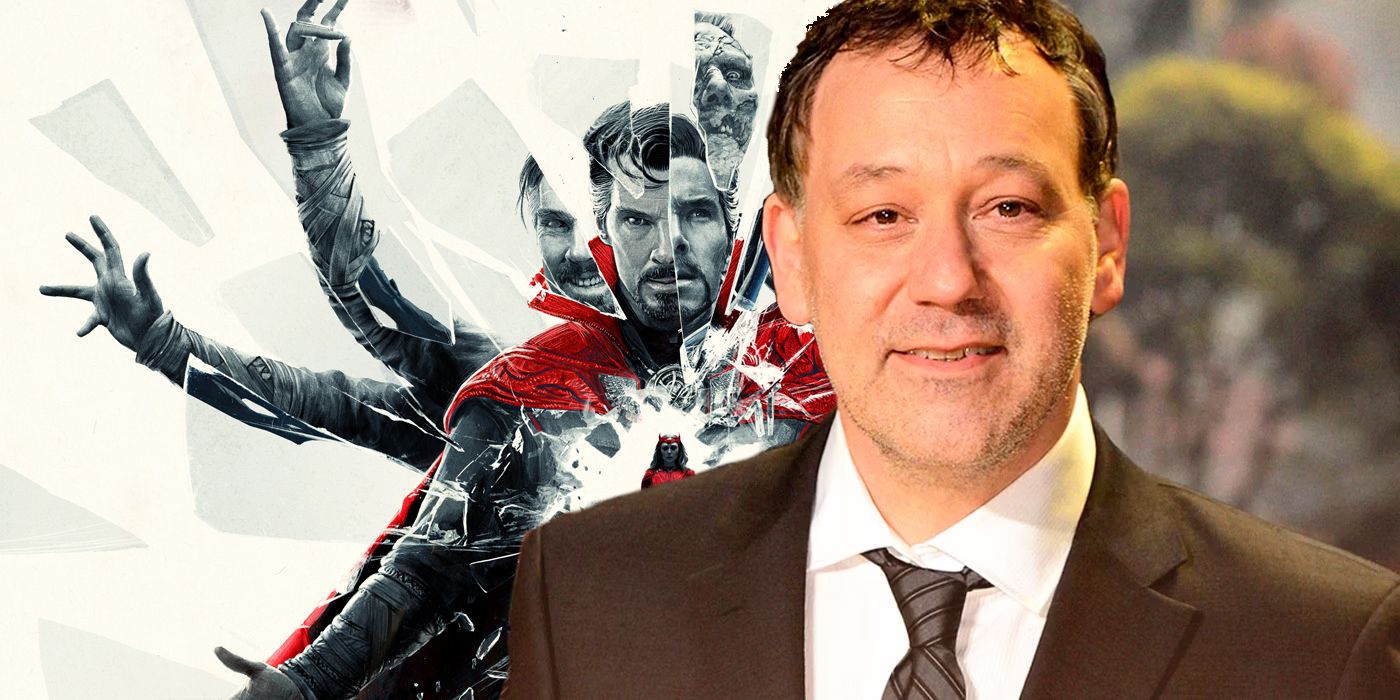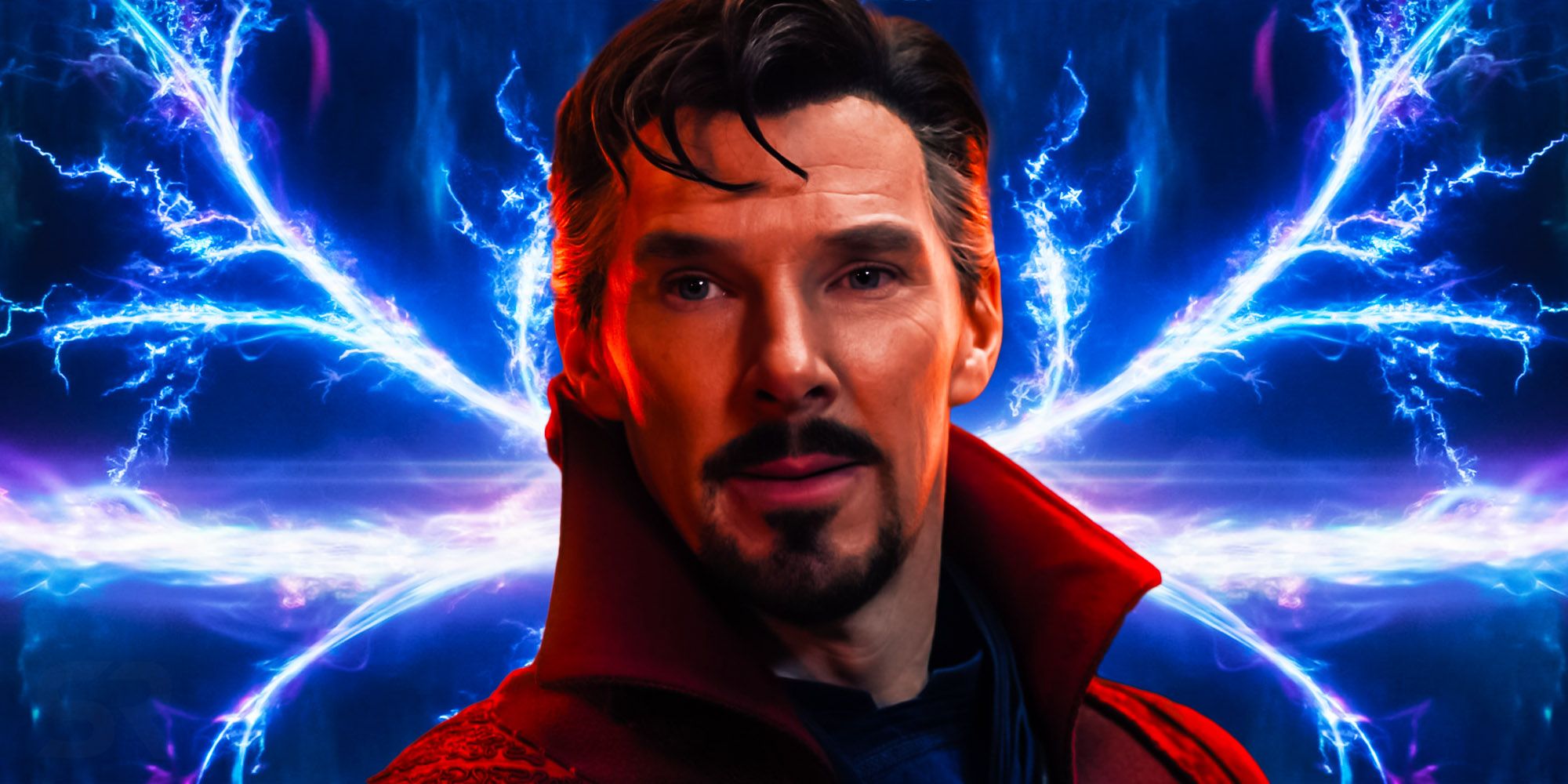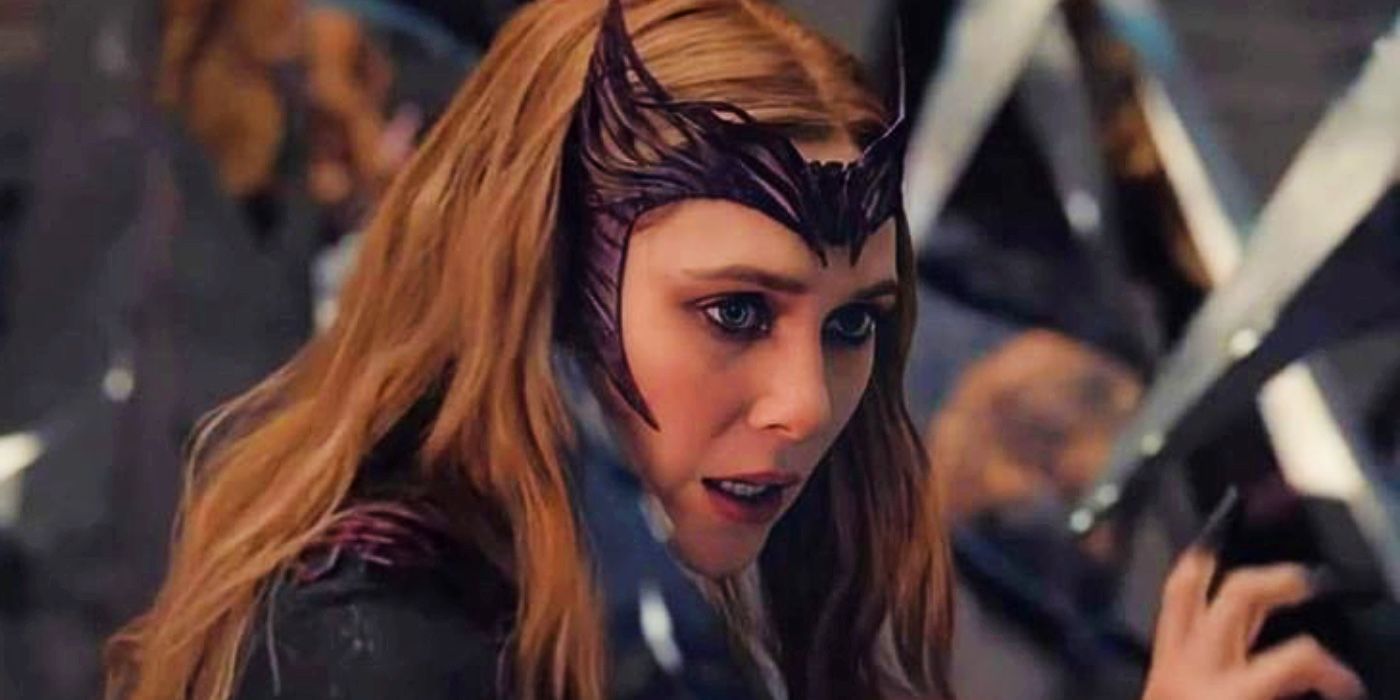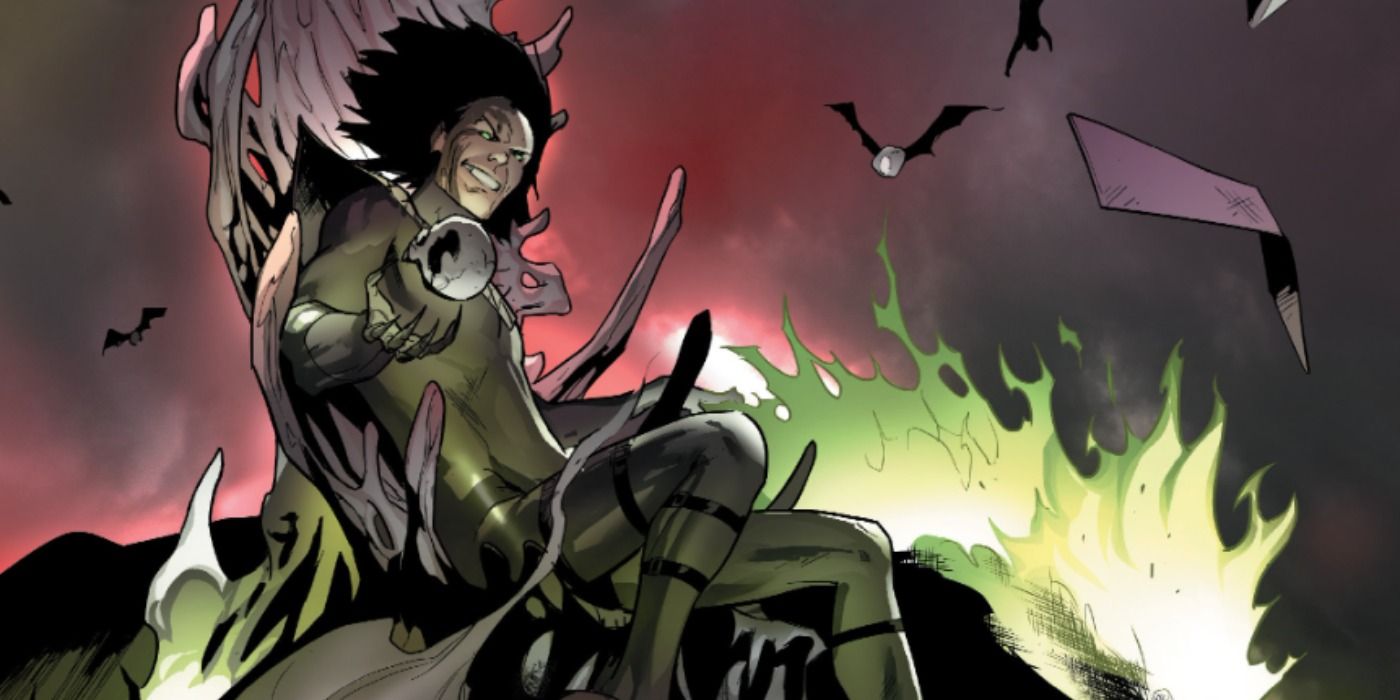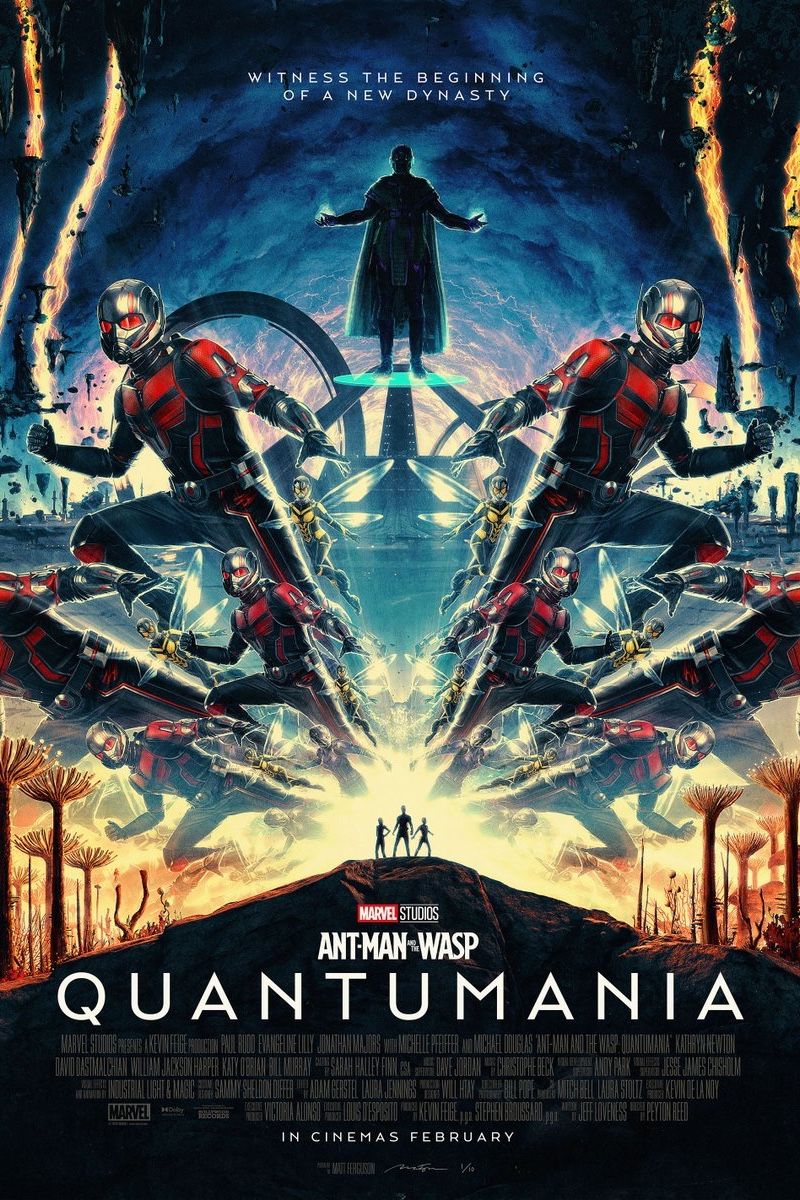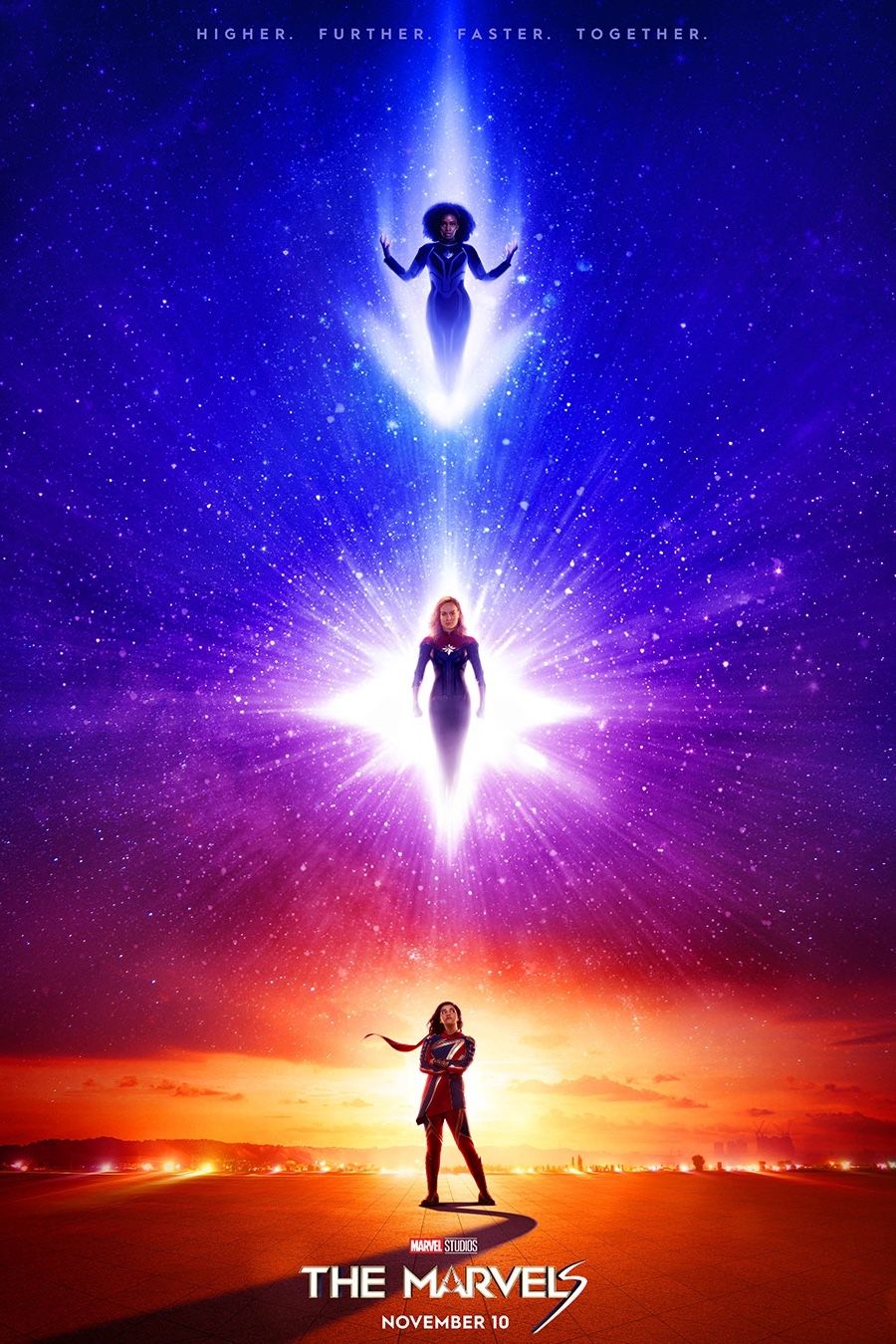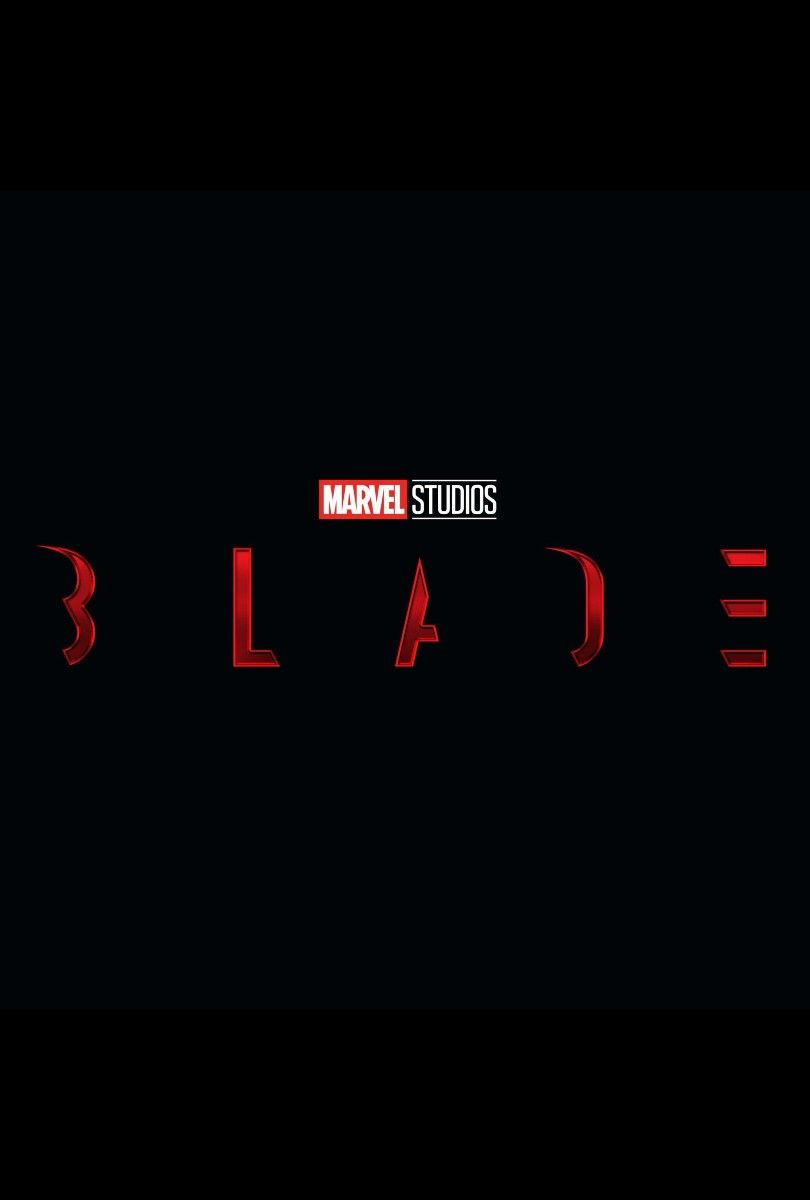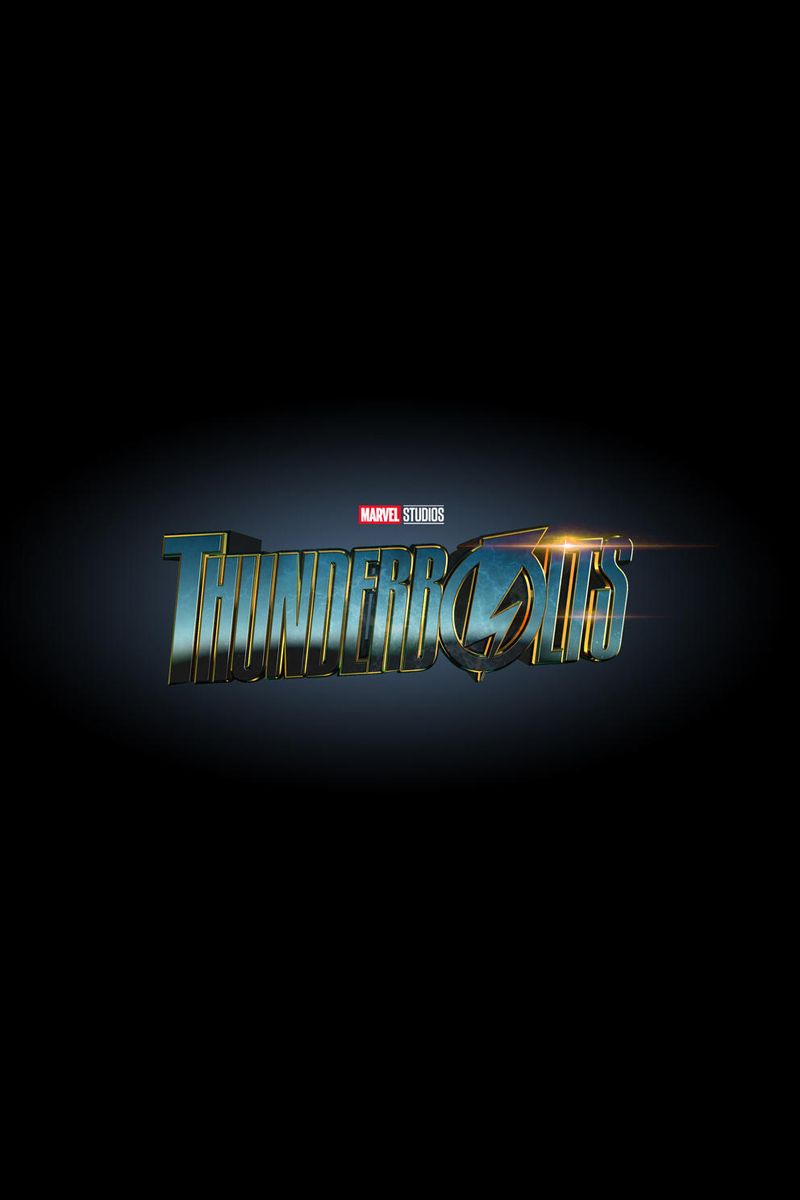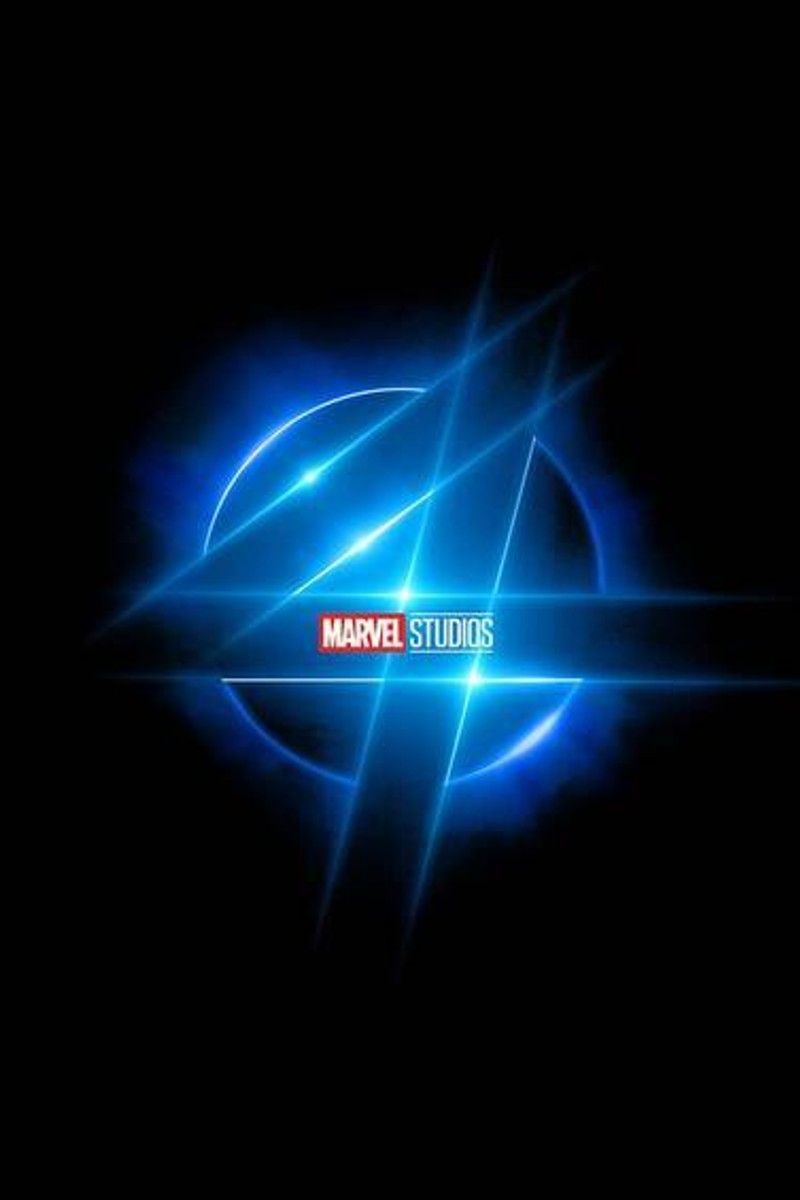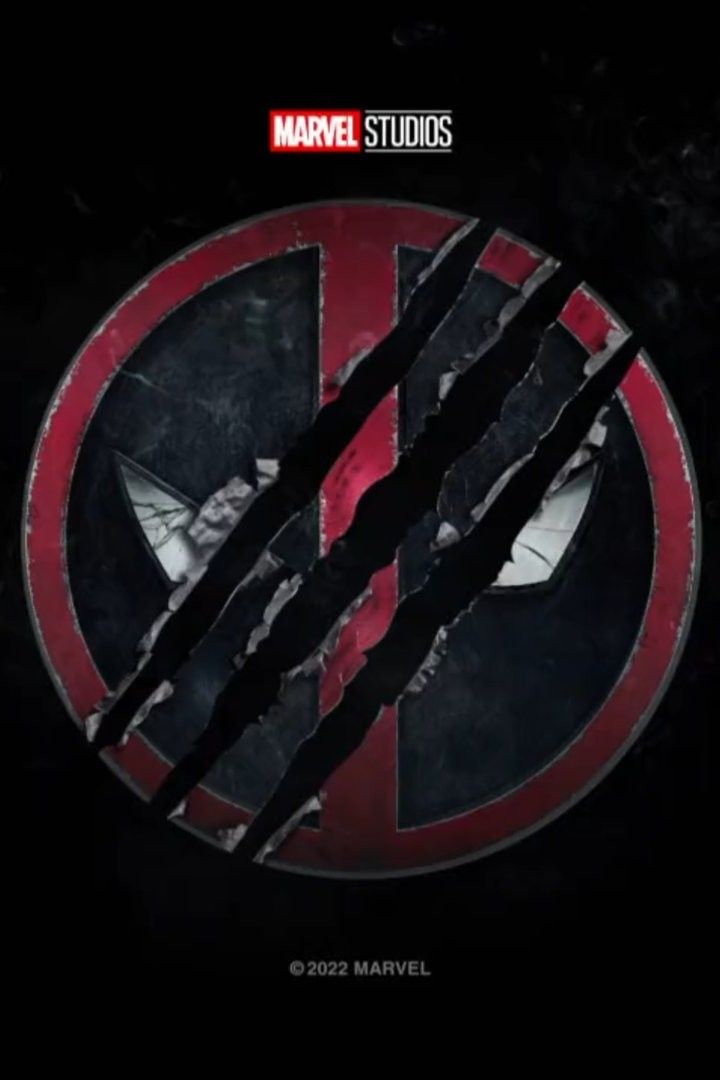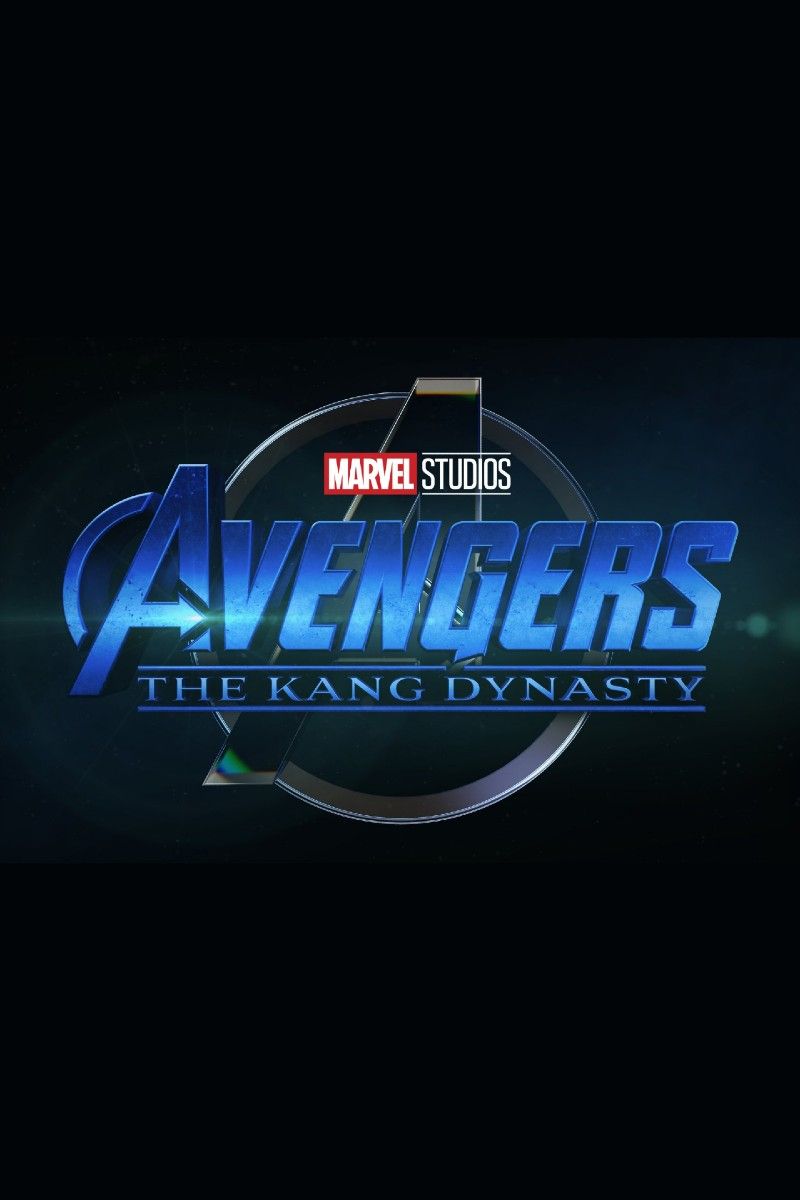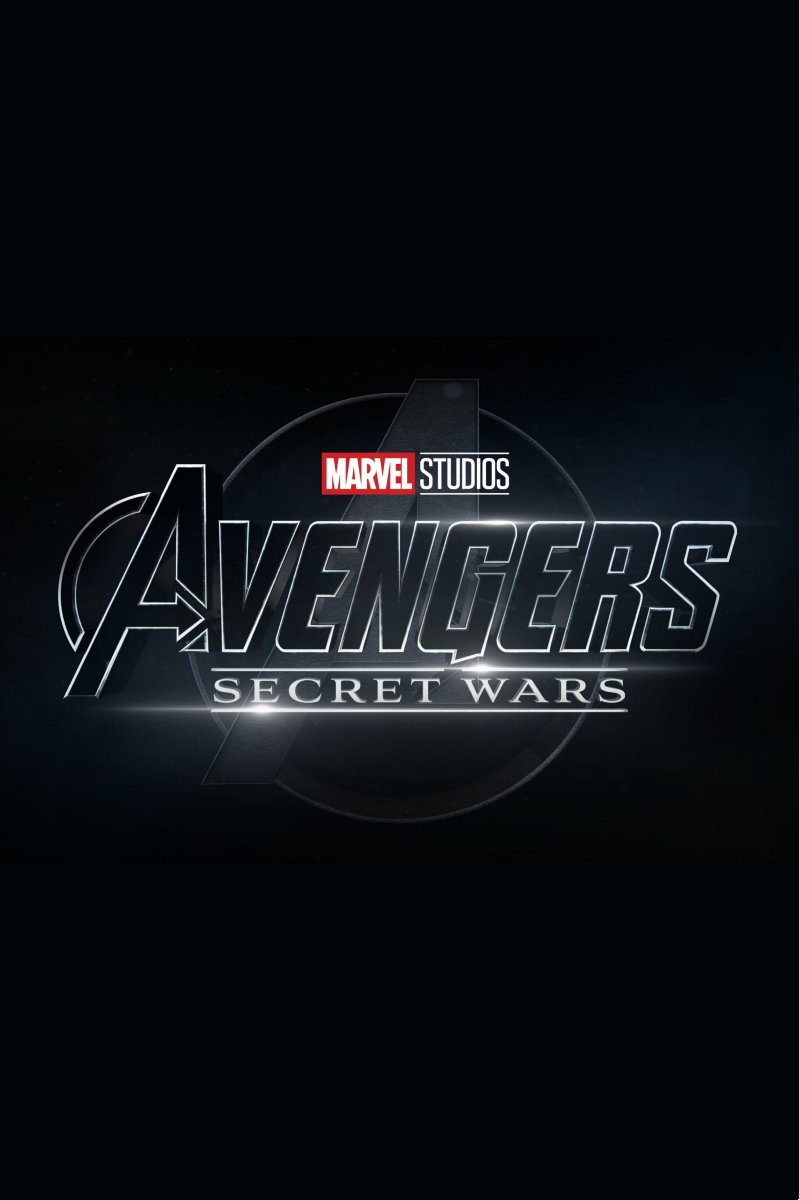Sam Raimi took over Doctor Strange in the Multiverse of Madness after the original director, Scott Derrickson, left in January 2020 - and their approaches would have been completely different. MCU has a history of director problems, with conflict often arising when the studio's vision for a film or TV clashes with the director's. A classic case emerged in January 2020, when Scott Derrickson stepped away from Doctor Strange in the Multiverse of Madness to work on his own projects.
The initial assumption was that the unspecified creative differences revolved around whether Derrickson would be allowed to turn this into Marvel's first full-on horror movie. Speaking at San Diego Comic-Con 2019, Derrickson had excitedly declared he was “going to make the first scary MCU film." Marvel Studios president Kevin Feige had seemed to walk back on those comments, and so Derrickson's exit was seen as indicative of a disagreement over the film's overall tone and style. Although this probably was part of the problem, the fact remains that Marvel subsequently hired another accomplished horror director, Sam Raimi, to take over Doctor Strange 2. They allowed him a surprising amount of room to maneuver, with Raimi introducing a number of classic horror tropes (including one chilling scene in which Scarlet Witch crawled out of a TV akin to a slasher villain). It's true Marvel's appetite for horror was probably less than Derrickson's, but that probably wasn't the core problem.
Naturally, in any case of creative difference it takes time for the truth to emerge. That's especially the case given Derrickson's departure from Marvel does seem to be amicable, and he's been a true gentlemen in terms of praising the work by his successor, Raimi. Several years on, enough details have emerged to get a sense of how Derrickson's Doctor Strange in the Multiverse of Madness would have differed to Raimi's.
Scott Derrickson's Story Was Still A Multiversal Adventure - But Not In The Same Way
The multiverse lies at the heart of the MCU's Phase 4, but in truth Marvel don't seem to have pinned down the basic "rules" underpinning it until fairly late in the day. As seen in the first Doctor Strange film, Derrickson's interpretation of the multiverse appears to have drawn upon a feature from 1990's Doctor Strange: Sorcerer Supreme #21. This envisioned Earth at the center of an infinite sea: alternate dimensions are just a swim-stroke away, but the more interesting concepts are at a greater distance, with the laws of nature changing with distance. Concepts such as space and time mean nothing in the Dark Dimension, for example, where light itself is variable. This interpretation of the multiverse opens up the potential for Lovecraftian monsters and cosmic beings such as Nightmare and Shuma-Gorath, both known to have been a major part of Derrickson's film.
In contrast, Raimi's Doctor Strange in the Multiverse of Madness focuses on a rather more common definition of the MCU's multiverse, with Strange encountering different variants of himself from other timelines. It's easy to see why Marvel preferred this approach, which has now become the focus of their entire Multiverse Saga. It allows them to tell creative "What If?" stories, to launch multiversal wars, and to bring back beloved actors from previous Marvel franchises, such as Patrick Stewart and Hugh Jackman. The multiverse in Raimi's film is, thematically and conceptually, much narrower than Derrickson's - and although there are several monsters, there isn't the Lovecraftian horror Derrickson seems to have been interested in.
Scarlet Witch's Arc In Doctor Strange 2 Was Very Different
Scarlet Witch's arc changed significantly, because of Raimi's involvement with Doctor Strange in the Multiverse of Madness. Doctor Strange originally appeared in the final episode of WandaVision; the Disney+ TV show would have originally ended with Doctor Strange becoming Scarlet Witch's mentor, taking Wanda Maximoff on as a student ahead of her next appearance. This idea was ditched, however, because Marvel felt it shifted the focus away from Scarlet Witch herself. "We didn't want the end of the show to be commoditized to go to the next movie," Feige explained. "Here's the white guy, 'Let me show you how power works.'" The abandoned cameo nevertheless suggests Derrickson was envisioning Scarlet Witch and Doctor Strange as allies - with Scarlet Witch learning from the Master of the Mystic Arts.
The "commercials" in WandaVision were a remnant of Marvel's original plan, because they were intended to be messages from Doctor Strange. That probably means one of the more curious commercials, which hinted at Scarlet Witch is a "nexus" being unique to the multiverse, was intended as setup. If that is indeed the case, it now exists as a relic of an abandoned plan - demonstrating once again that Marvel's long-term vision is a lot more fluid than most viewers realize.
Scarlet Witch would still have become a villain, but not until the end of the film, as setup for her next appearance. According to Michael Waldron, who took over as writer of Raimi's version, the studio was originally saving her villain turn for an Avengers film. "It was always like, ‘Well that’ll happen in an Avengers movie or something," Waldron observed on the Doctor Strange in the Multiverse of Madness Assembled episode. "My perspective was, ‘Why are we letting some other movie get the best villain ever?’" Scarlet Witch's villain arc wasn't entirely satisfactory, feeling rushed and abrupt after the end of WandaVision, so in truth Derrickson's original plans were probably more organic. It sounds as though his Doctor Strange in the Multiverse of Madness would have seen Wanda gradually turn towards darkness, probably a result of creatures she encountered while traveling the multiverse - perhaps even the Elder God Chthon, the being responsible for Scarlet Witch's Chaos Magic in the comics.
Derrickson's Doctor Strange 2 Was About Monsters, While Raimi's Was About Variants
Reports of America Chavez's presence in Doctor Strange 2 predated Derrickson's departure, suggesting she'd have been introduced in his version as well - likely serving as a sort of interdimensional tour guide, taking Doctor Strange and Scarlet Witch on a voyage through a rather more Lovecraftian multiverse. Leaked concept art has confirmed the villain Nightmare had a presence in Derrickson's Doctor Strange in the Multiverse of Madness; a classic Doctor Strange foe, Nightmare is the ruler of a Dream Dimension who burns with a desire to conquer the mortal plane. Other concept art has teased locations related to classic Marvel monsters such as the quasi-immortal carnivorous beast known as the Wendigo. There have been consistent reports Derrickson intended to use the monstrous Shuma-Gorath as his main foe, likely reproducing an arc from the comics where Strange earned the title of Sorcerer Supreme. The concept art strongly supports the idea Derrickson's film would have had a much more Lovecraftian tone than Raimi's.
Marvel's original goal with Doctor Strange 2 appears to have been to set up supernatural monsters, rather than simply to explore variants and meet the MCU's Illuminati of Earth-838. In an interview with Rotten Tomatoes back in 2019, Feige explicitly linked the film to Blade. "We have, for years, wanted to find a new way into Blade, we love that character. We love that world," he explained. "Now, with Doctor Strange and the supernatural elements coming into the MCU, it felt like we could definitely start exploring that..." Instead, it is falling to the Werewolf By Night Disney+ special presentation to flesh out the more monstrous side of the MCU.
Drawing all these threads together, then, it's possible to get a strong sense of how Scott Derrickson's Doctor Strange in the Multiverse of Madness would have differed to Sam Raimi's final version. The creative conflict likely emerged as Marvel solidified plans for the Multiverse Saga, realizing fans were engaging with the idea in a different way than Derrickson. Raimi, in contrast, was willing to work with the idea of variants instead of monsters - a creative decision that became even more pressing when Doctor Strange 2 and Spider-Man: No Way Home flipped release dates. These truly were very different versions of Doctor Strange in the Multiverse of Madness.

